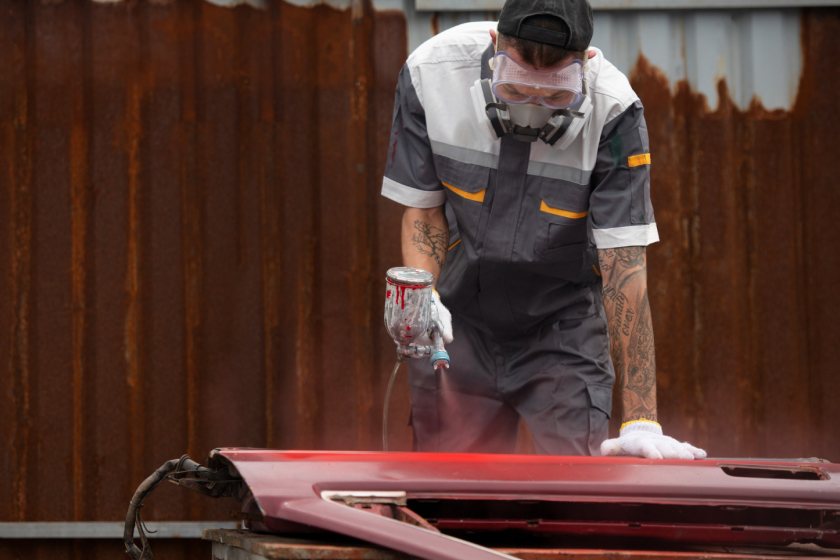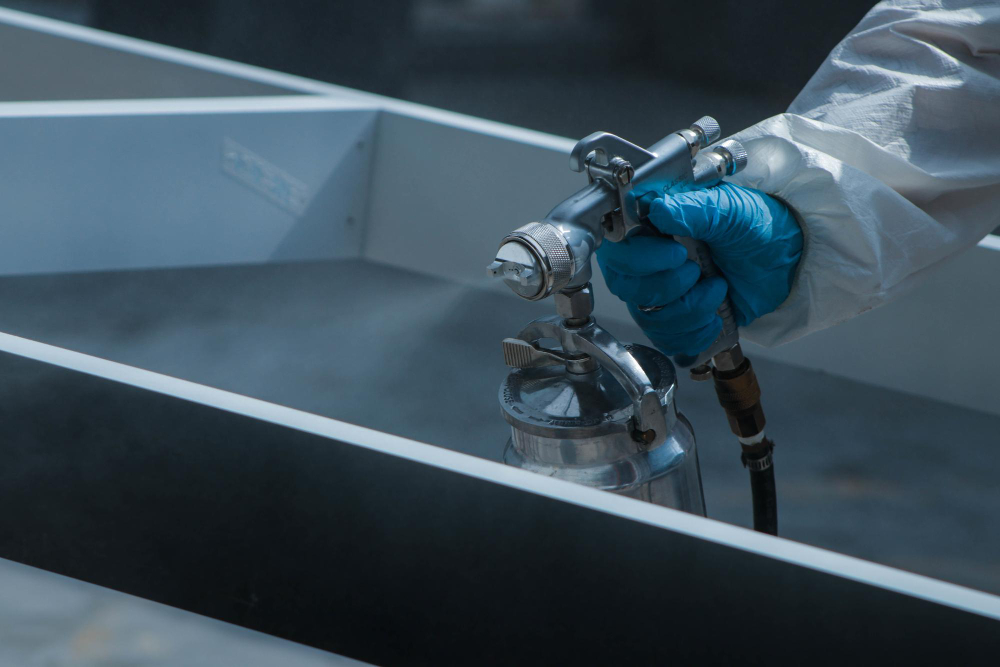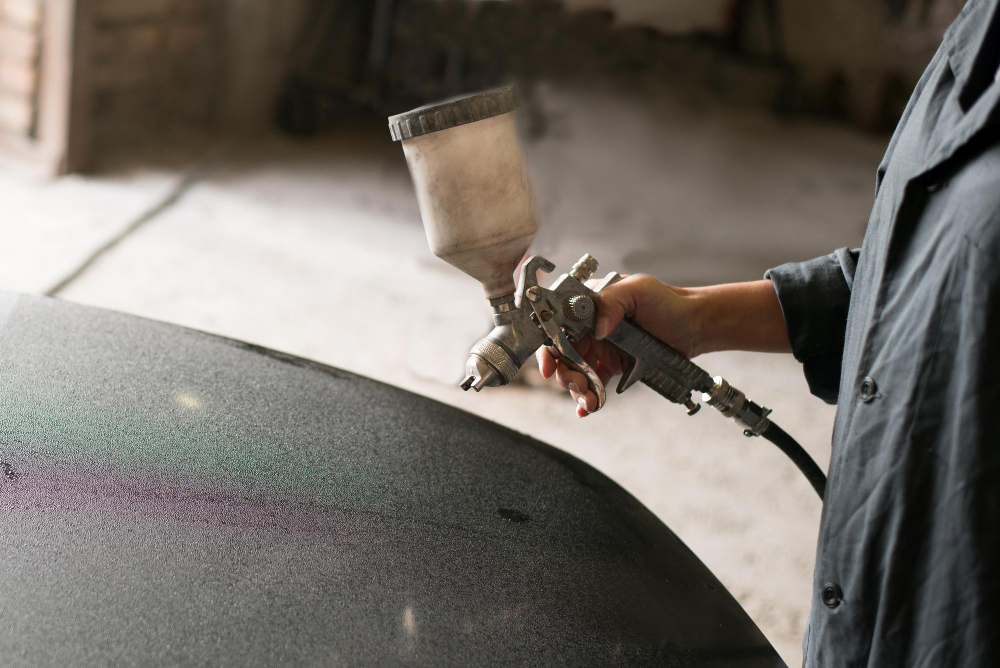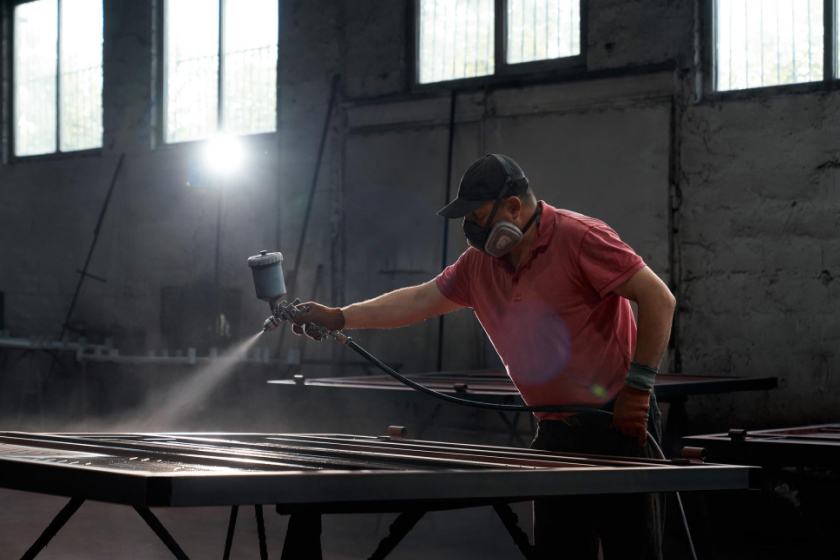Poly Urea Coating

High quality painting of piping and equipments as well as structures, is essential to avoid corrosion. It helps ensure long life of a constructed plant and low maintenance costs. Painting involves not only total surface cover but also markings of various types such as line numbers, fluid codes, flow arrows, equipment numbers etc.
Painting specification for the project is given by PMC or Client in FEED or BEP. It is updated by material engineer on the project. Engineering firm can use its own standard painting specification if allowed by client.
Preparation of painting specification involves understanding environmental factors, location of piping (indoor or outdoor), insulation requirements, operating and design temperatures. It may also involve local rules and regulations as well as availability of materials.


Applicability of Standards
Painting Specification is prepared by Material Engineer to assure high quality painting work on the project as per international standards. Various international codes and standards should be followed for painting.
Painting Workflow
- Ensure all tests are performed on piping system before starting painting work.
- Clean painting surface to remove oils, grease, dirt.
- Ensure proper room temperature and humidity levels.
- Use hand tools, machine tools, shot blasters etc to clean surface as per relevant standards and project requirements.
- Apply primer within 4 hours of surface preparation.
- Apply paint coats after previous coats have dried up, as per instructions of paint manufacturer.
Components Requiring Painting
- Un-insulated carbon steel pipes, fittings, valves, special items etc. require painting.
- Carbon steel ducts, furnaces and stacks require painting.
- All un-insulated equipments like columns, vessels, drums, heat exchangers, pumps, compressors, electrical panels, motors etc. require painting.
- All structural componets like steel members, platforms, ladders,handrails etc. required painting.

Insulated Lines and Equipments
Painting of markings over insulation cladding is required on all piping for identification of lines. In some cases, painting under insulation also required for carbon steel piping.
Plastic Piping
Plastic or plastic coated components do not required to be painted. Various markings may be done on plastic piping for identification purpose.
Stainless Steel Piping
Stainless steel piping is not painted. Identification marking may be done on this piping.
Paint Quantity Estimation
Quantity of paint required to achieve particular Dry Film Thickness (DFT) is based on various factors.
Surface Preparation
Piping and equipment components get rusted as time passes by. There are rust grades defined by Swedish Corrosion Institute. Rust must be removed before painting work can begin.
In order to achieve the maximum durability, one or more of following methods of surface preparation shall be followed, depending on condition of steel surface and as instructed by Client Site Representative.
Types of Painting Methods
- Painting by Brush
- Painting using Air Spray Painting Machine
- Painting using Airless Spray Painting Machine
Contact Info
- info@alimezaini.com
- +971 3 767 4602
- Al Ain, UAE
Get In Touch
Contact Info
- info@alimezaini.com
- +971 3 767 4602
- Al Ain, UAE





